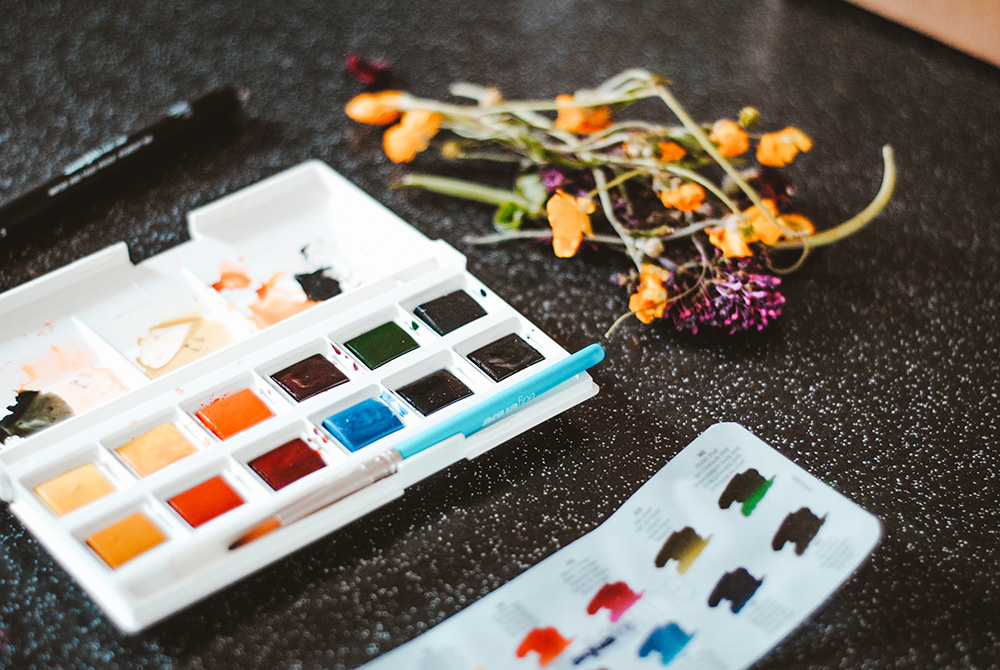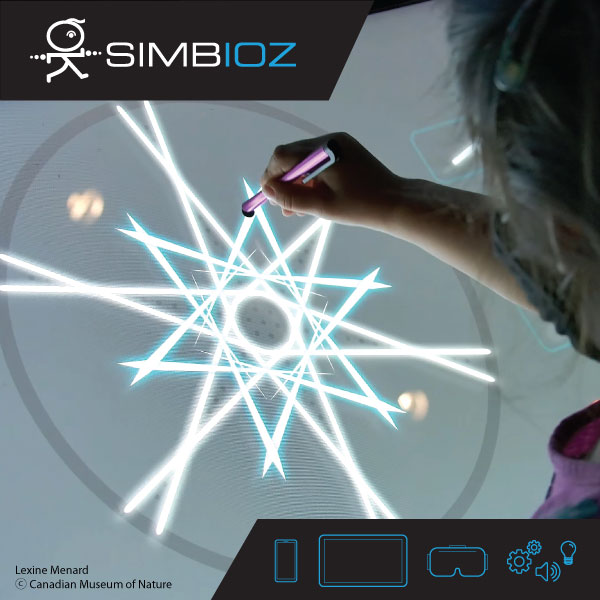
A design process
Now that we’ve explored Empathetic Spaces as a goal for the physical design, let’s turn our attention to the design process. The choice to demonstrate empathy can start with something as fundamental as budget. Designers need to practice empathy when working within a client’s budget, and conversely, clients need to do the same when understanding a designer’s limitations imposed by their budget. This comes up in nearly every project; it is also the number one reason design relationships fail. The path forward is always based on empathy and understanding. Rather than viewing budgets as a potential locus of conflict, we view these discussions as an opportunity to practice empathy — and we expect the same in return. Knowing how to work within one’s means is vital when creating a space that is holistically empathetic. Spending beyond one’s means is indicative of insecurity and a lack of self- worth, which are toxic to a design relationship. This connection between empathy and emotional intelligence is always in the back of our mind when choosing clients and projects.
Some of the most concrete aspects of the design process hinge on empathy: accessibility, environmental sensitivity, and safety. These should be a given in any professional designer’s process, but are often neglected. They need to be tackled mindfully and seriously. The manner in which these technical aspects are addressed is a vital distinguisher between a professional interior designer and an amateur. If your designer isn’t comfortable discussing building codes and access issues, or if they don’t place paramount importance on the safety of workers and users, or if they balk at providing adequate credentials, licences and a valid insurance certificate — fire them. There’s no nice way to say that, but sometimes empathy isn’t about being nice. It’s about being direct.
We also demonstrate empathy in our relationships with the suppliers and makers who materialize our designs. Honesty about timelines, respect for individual processes, and representation from diverse communities are central tenets of how we manage our creative portfolio. In our experience, micro-managing an artisan will destroy the quality of the final product. We cherish our relationships with our makers, which are particularly crucial in a smaller market like Canada. Often, our vendor is the only practitioner of their craft in the country. This means our relationship with them is tangibly more valuable than our relationship with any one client. Again, empathy comes in: it’s our job as designers to provide options that can accomplish the client’s goal without sacrificing our supply relationships.
No discussion of empathy in the design process is complete without addressing sustainability. We are committed to environmental stewardship at all levels, including helping clients reach carbon goals and scrutinizing our supply chains for waste. As practitioners whose work is fundamentally about the materiality of objects and spaces, and further, how this materiality influences experiences, we understand our relationship with the earth, as the source of all materiality, as essential. Our approach is always holistic and collaborative; we deeply research the physical site’s specific environmental needs, as well as communicating extensively with the client regarding their desired environmental outcomes.
A note about humour
Perhaps humour seems out of place in a discussion about design and empathy. However, at Denizens we see humour as the ultimate show of empathy. At its core, it is about light-heartedness and including everyone in the joke. As a team, humour keeps us going in hard moments, and we always want to share the laughter with our clients and makers along the journey. Like empathy, a discussion of humour is almost meaningless next to the joy of experiencing it, but some intentionality can be instructive for our purpose of embodying empathy in the design process.
Humour has a role to play in both design outcomes and our process. In terms of the final design, not every client wants whimsy or irony in their design (although many do), but we strive to include at least brief moments of levity and lightness in everything we do. Ultimately, we want to make people smile. In the design process on the other hand, humour can unlock empathy. For example, discussing a topic like colonialism with a museum curator can be incredibly difficult, particularly across racial boundaries; respectful moments of humour can “take the air out” of the topic, allow people to breathe, and reinforce that we are all on the same team even if we have disagreements. It is also the best barometer for compatibility. Generally, if we can’t laugh with a client or a maker, the relationship is not a good fit.
